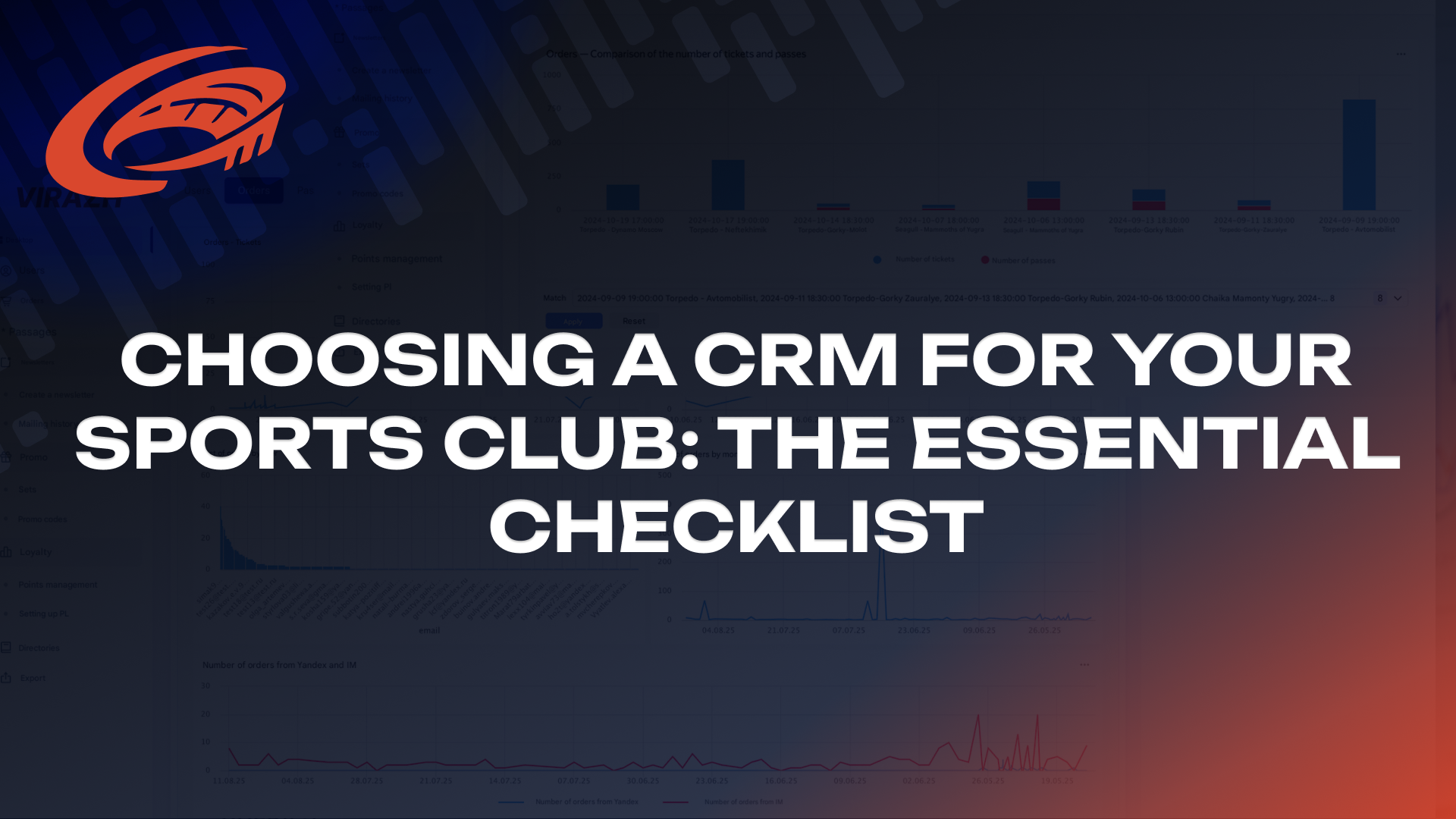
It's no secret that every sports club expects quick results and profits when choosing a CRM system. But it's important to understand what functions these systems perform and what the club itself needs. Today, we'll take a look at the basic tasks of CRM, the main players in the market, their pros, cons, and pitfalls.
Key CRM tasks
When choosing a CRM, sports clubs need to understand that all these systems have a basic set of key tasks. The first of these is the collection of a unified database. Clubs have many websites with authorization, some of the data is stored in an online store, some in a ticketing system, and some offline. All of this needs to be combined.
The second task is to communicate with this database. This can be done via SMS, email, or push notifications. The start of communication leads to the third task: discount functionality, which includes various promo codes, promotions, and so on. The fourth task is analyzing the campaigns that have been carried out. You need to see who clicked on the messages that were sent out, how often this happened, how many people bought tickets after that, and how many did not. This is the key core of CRM.
Existing systems
There are not many major players in the sports CRM market. There is a loyalty program from Sellout called Capital Sport — it is installed as a separate solution, a mobile app with its own login source, which is left to the discretion of the owners. Roughly speaking, the company had a website with its own database, then it got a separate mobile app with a loyalty program in it — this is a second login source, and the databases are not synchronized with each other. There is Manzana, built on top of the popular Microsoft Dynamics CRM system — a fairly expensive program that has been around for a long time and is not adapted to modern import substitution trends.
There are also various solutions on Bitrix, but most often these are developments from scratch, “boxes” that are then refined for individual projects.
When it comes to Tribune, this system includes not only CRM but also CDP. What is the difference? CRM is most often about communication — collecting a general database, working with it in a targeted manner, distributing discounts, and collecting analytics. The data collected by CRM can be processed using BI (Business Intelligence) — systems for analyzing and building reports/dashboards for making management decisions. BI helps you work with the business as a whole — understand revenue dynamics and process efficiency, as well as forecast KPIs.
CDP (Customer Data Platform) is a system that collects, combines, and stores customer data from various sources (website, CRM, cash registers, mobile applications, etc.) and creates a unified customer profile. The main goals are to personalize marketing and communications and to assist in working with customers (segmentation, behavior forecasting, personalized campaigns).
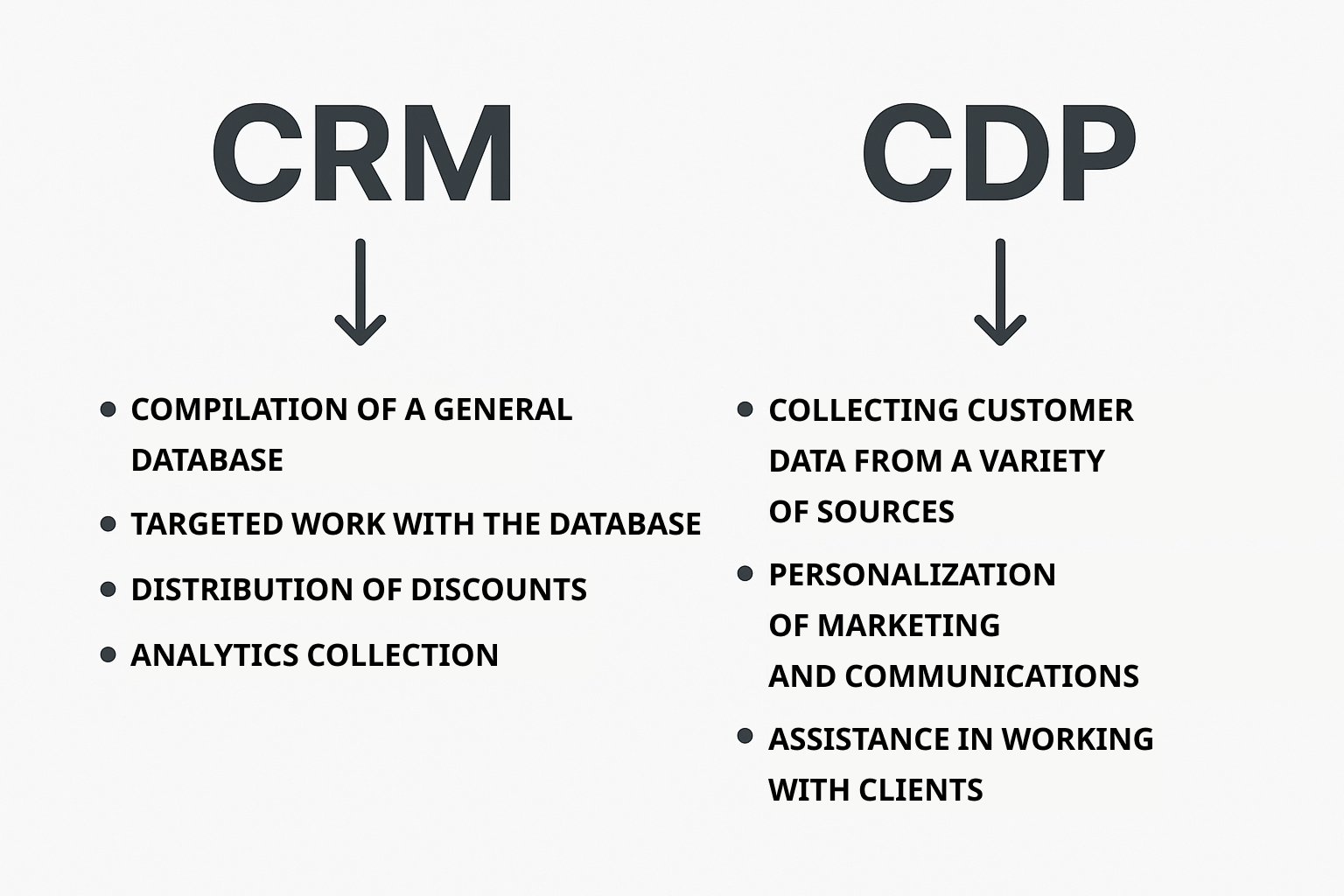
Differences between Tribune and other sports CRM systems
Often, sports clubs store all their fan data on different platforms that are not synchronized with each other, resulting in many different sources. Tribune synchronizes all databases through a single authorization system, providing users with a single point of entry.
The loyalty program is also integrated directly into the website and existing infrastructure, and a separate mobile or web application is also provided. In addition to promotions and promo codes, Tribune offers statuses and a showcase of experiences. Fans can buy goods, get discounts, share promo codes, earn invitation points, and so on. All of this is managed by the client themselves, including through the system.
As for analytics, many teams most often use Google Analytics or CRM, where you work with template reports. In Tribune, all analytics are rendered through Yandex DataLens — here, there is a strong emphasis on reports that can be built. There is no need to refine anything; you can build any reports you want on the existing database.
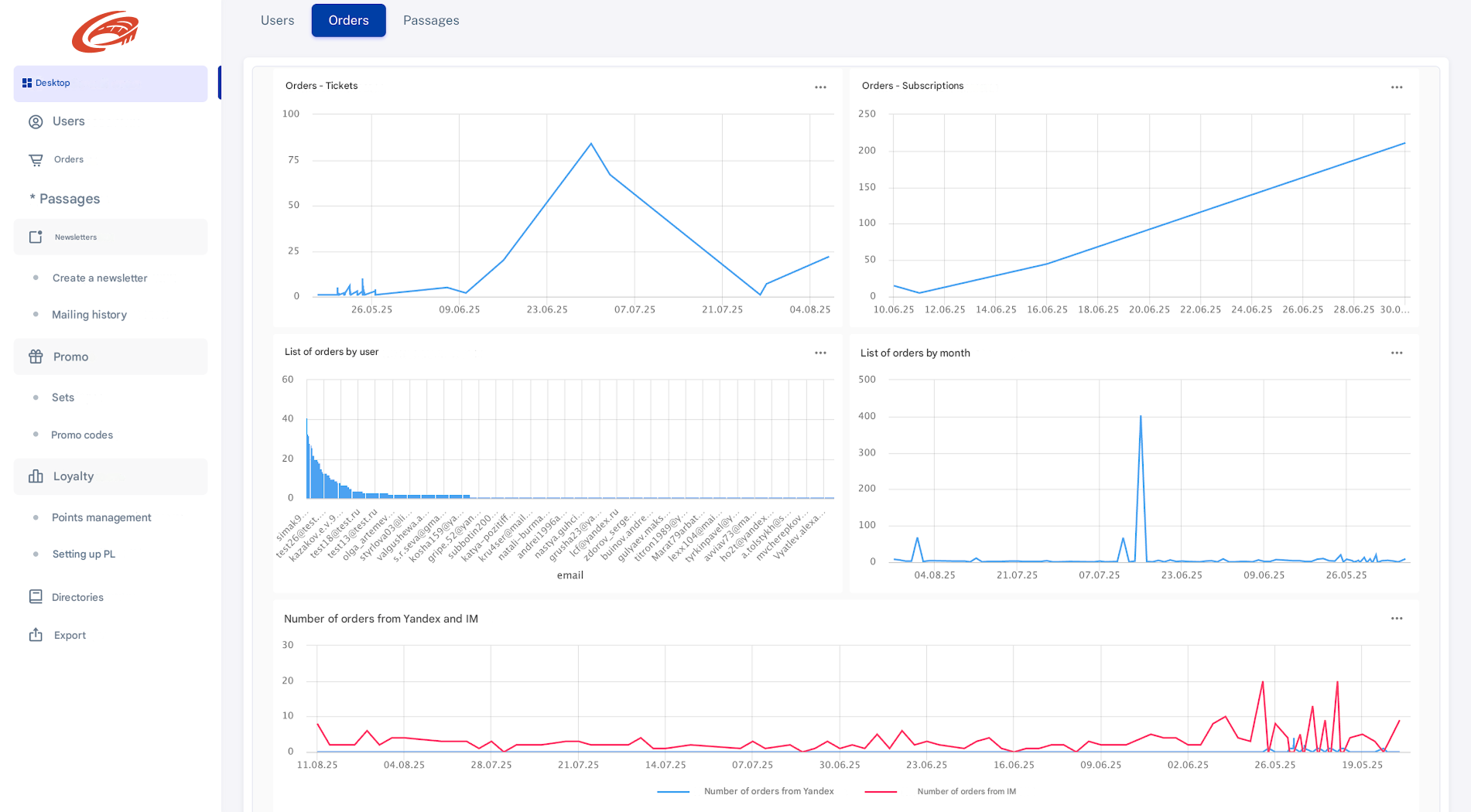
There is a desire to launch an AI marketing assistant: if clubs do not have time to engage in the full CRM cycle (which is necessary for launching new campaigns), a bot can be integrated that will analyze campaign results and, based on them, either provide recommendations for the next campaign or independently build a new one.
Example of integration
Tribune also has built-in integration with Yandex Afisha. For example, there is a hypothetical VHL club with a ticket program from a vendor such as Infotech. It wants to implement CRM on Bitrix, or a supplier comes with a similar request — this requires creating separate processes. This is not necessary for Tribune — if the club sells tickets through Afisha, everything is already set up in the system, and similar work is currently underway with Infotech.
All this is necessary in order to collect information on stadium attendance. It is important not only to see the fans, but to understand who these people are: how many times a person has bought tickets, how many times they have passed through the turnstiles, how many tickets they buy per session, whether they buy them only for themselves or for a group of people. And if it is a group, are there children in it, are they adult friends or family? The more such data is collected from different sources, the more accurate the portrait becomes, on the basis of which a more targeted mailing can be made. For example, parents with children can get a free ticket for a child, a group of friends can get a discount on a second ticket, and so on.
Checklist
Therefore, when selecting a CRM system for a sports club, it is essential to focus on the comprehensive implementation of basic functions:
-Compiling a general database. -Targeted work with the information obtained. -Distribution of discounts and development of a loyalty program. -Compiling analytics based on the results of the campaign.
If all these conditions are met, the club can clearly understand how exactly to use CRM and for what purposes it will be needed.
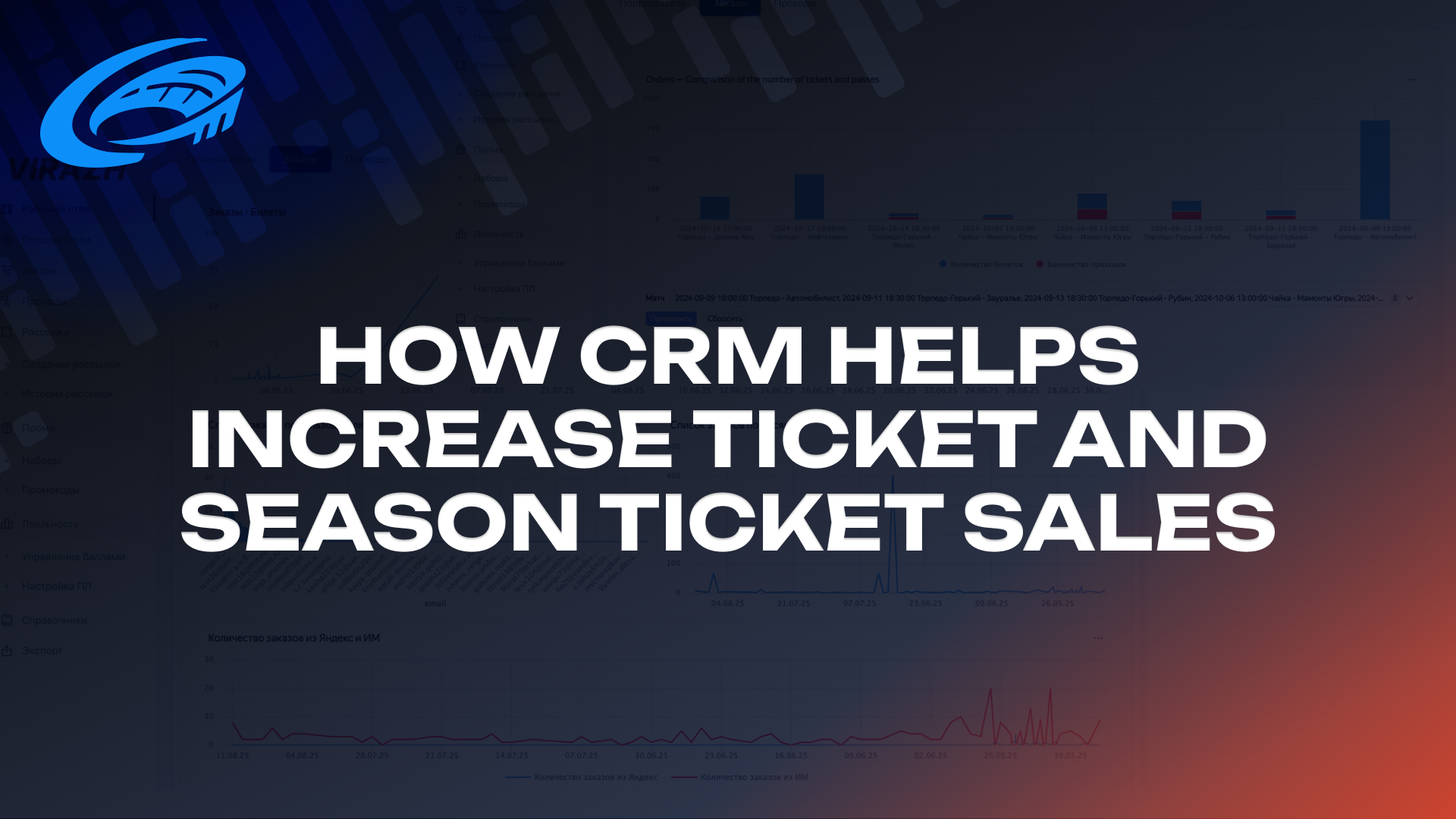
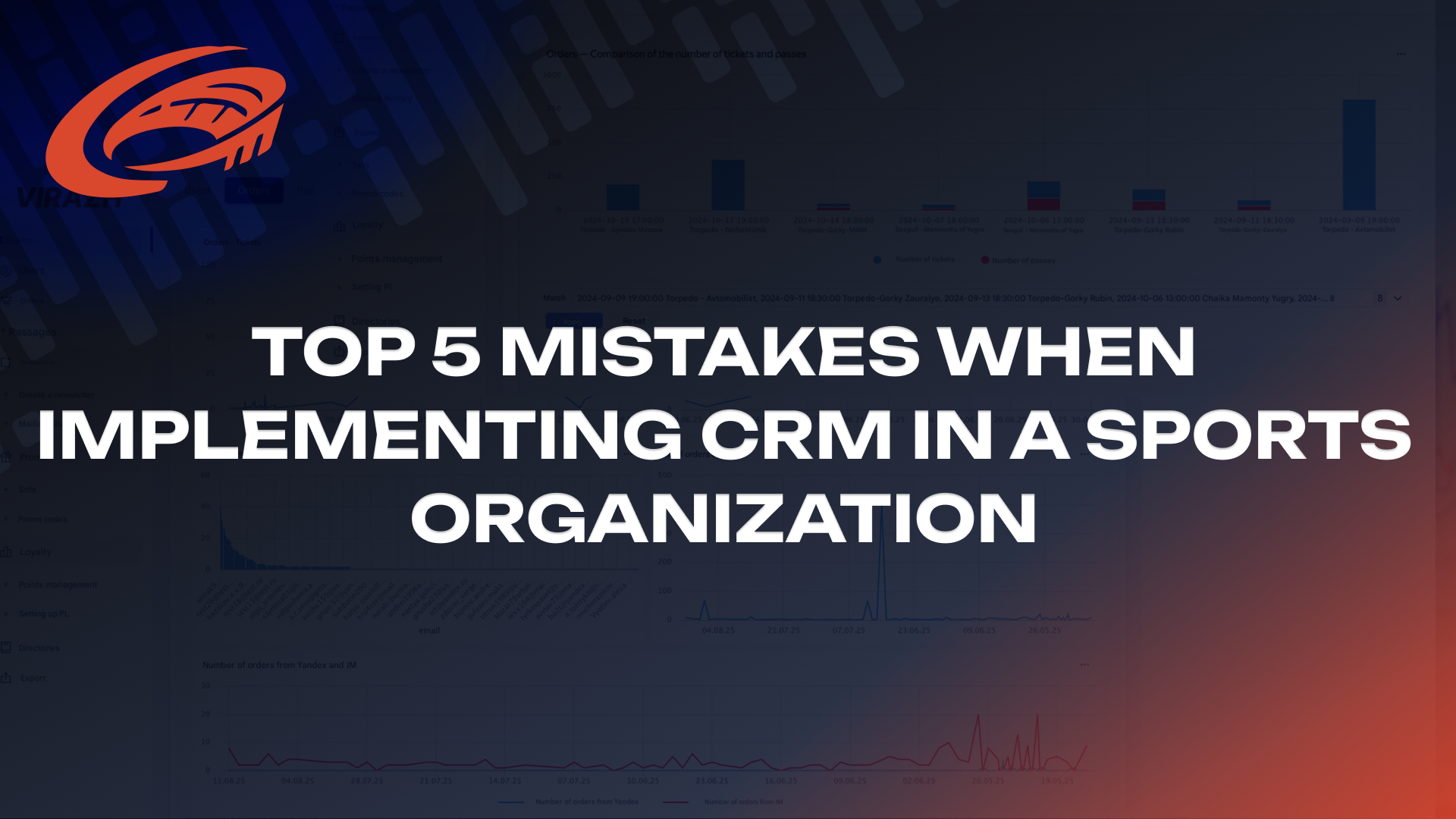
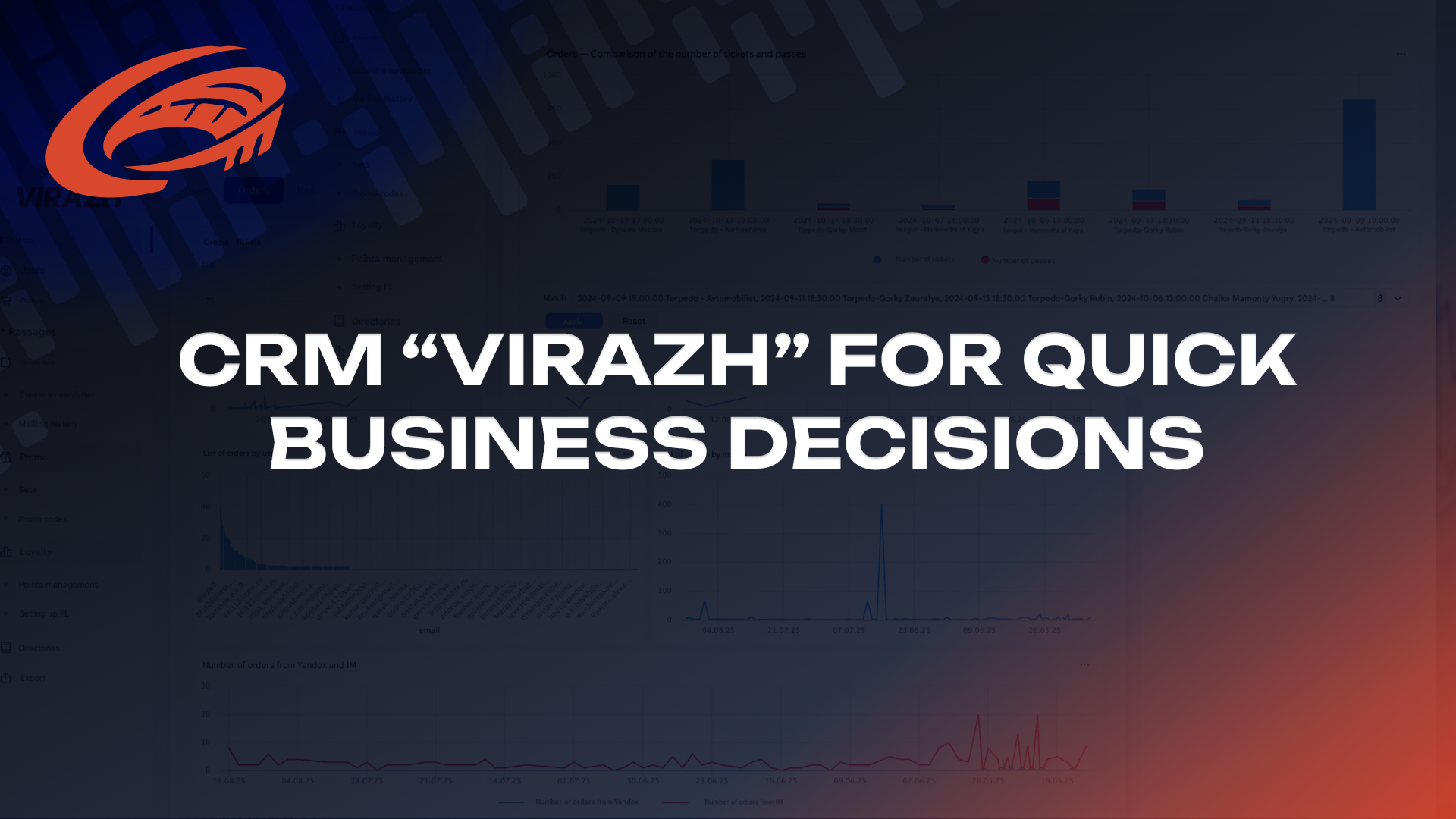

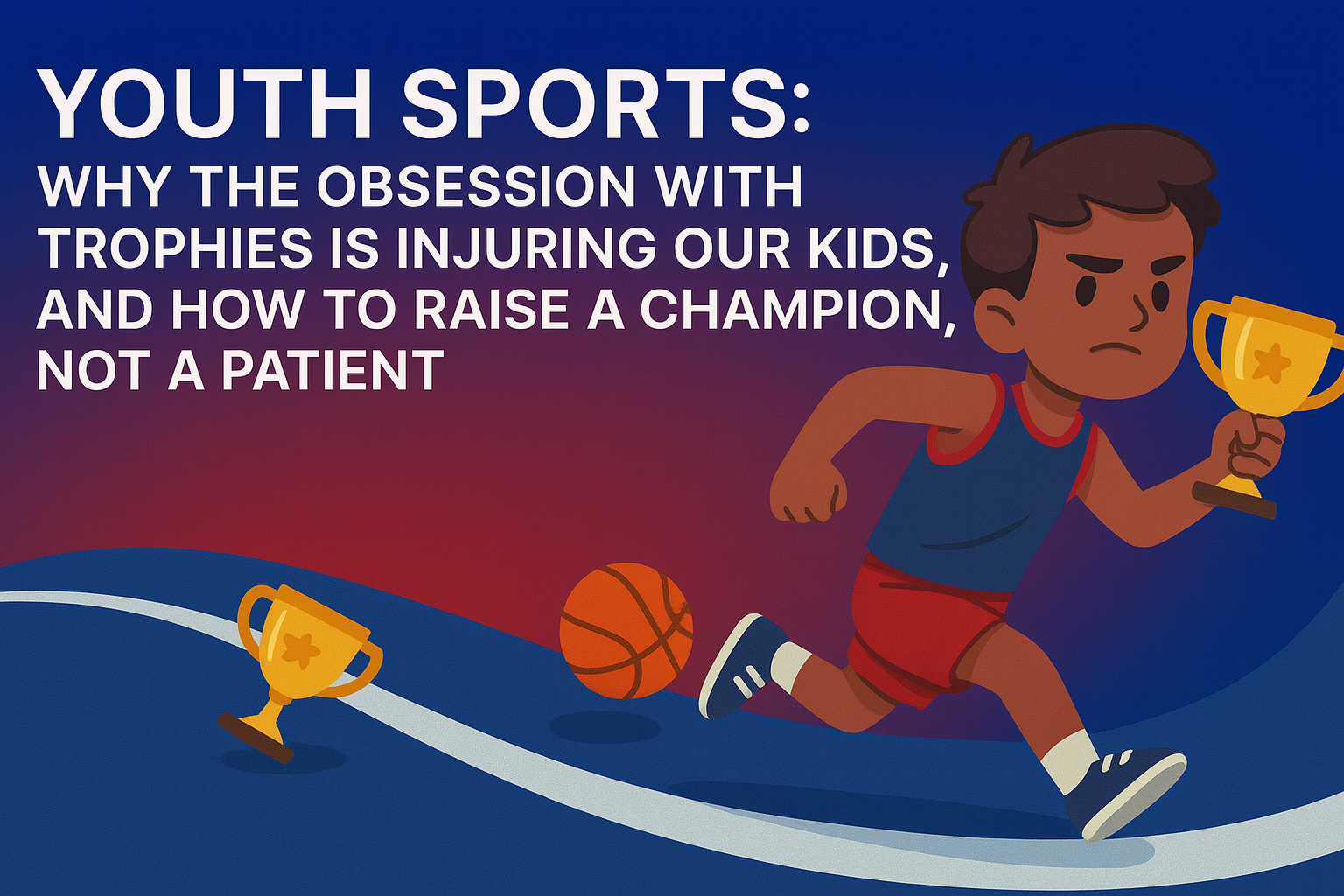















![Custom Software Development Rates by Country [2024]](/assets/images/expertise/it_service/generative-ai-services-hero-banner.webp)





